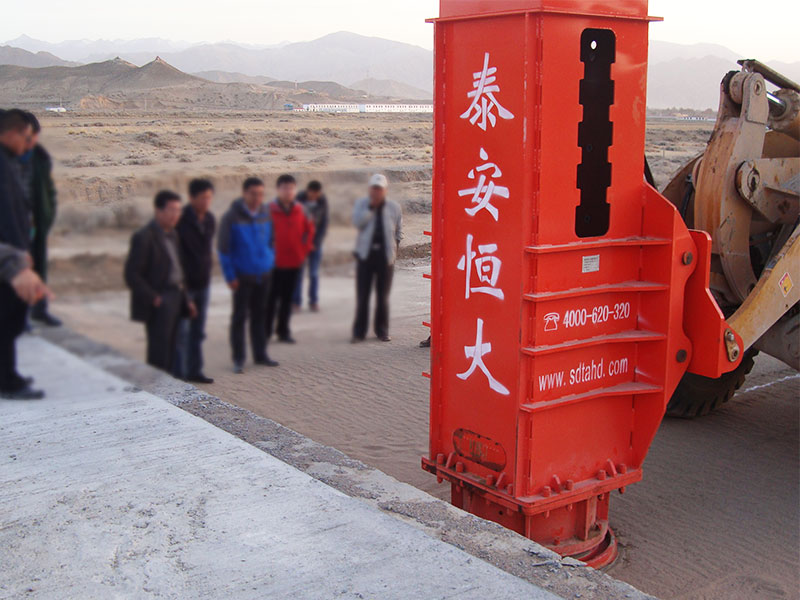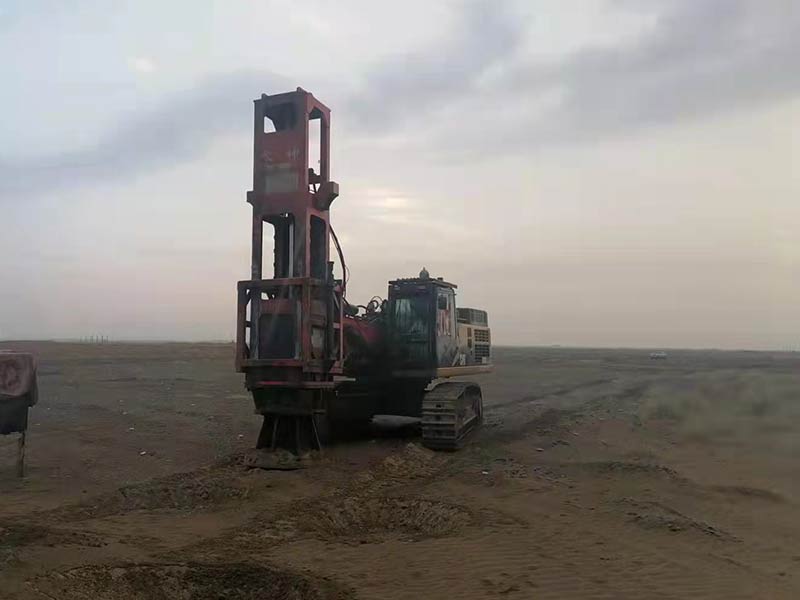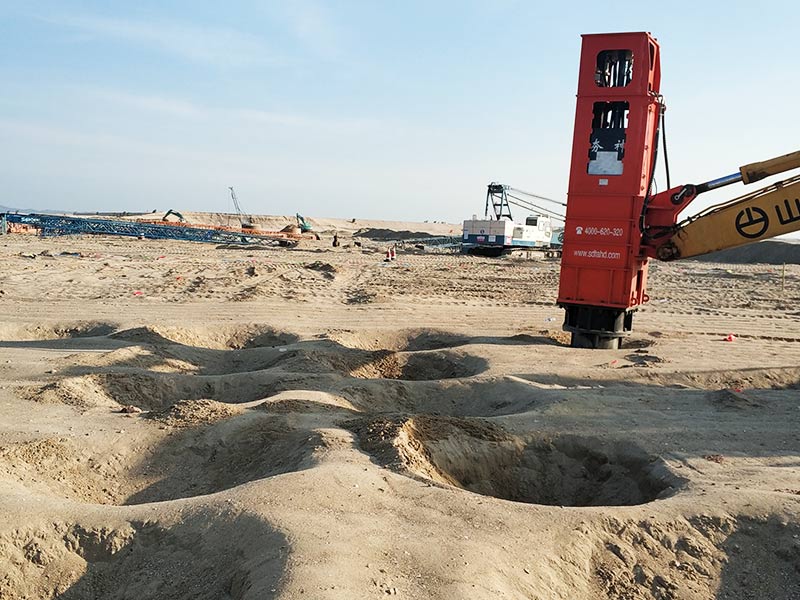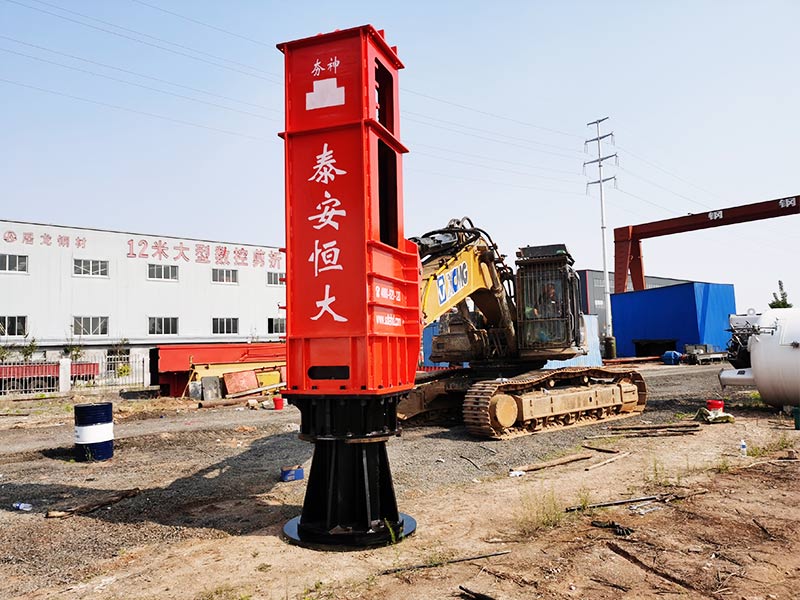Does compaction increase density? - HENGDA RIC
updatetime:2023-02-15 08:47:21 pageviews:357views
Compaction increases the density of the soil, which hampers infiltration of water, soil air movement, seedling emergence, root growth and ultimately reducing yield. Soil aeration is likely to become limiting to plant growth when air-filled porosity in the soil falls below 10%.

In the urban environment, the RIC technique has a number of specific advantages compared to the conventional drop weight dynamic compaction (DC) technique. These can be summarised as follows:
• The dedicated plant used is relatively small, with moderate mobilisation and operating costs compared with conventional drop weight dynamic compaction. Thus, smaller sites may be economically treated. Rigging and de-rigging times are also quite rapid.
• Treatment can be carried out in closer proximity to existing structures and services vulnerable to vibration damage. There is generally no danger from flying debris.
• Discrete, relatively small foundation areas can be treated without compromising production.
• Energy is more efficiently transferred through the compaction foot which remains in contact with the ground. It is important to recognise that those specifying RIC ground treatment understand the nature of the particular treatment process employed and its potential benefits for the ground conditions being considered.

Typically, the RIC method is used for the treatment of essentially granular fills in order to improve their geotechnical properties (stiffness and bearing capacity) and to reduce settlement. RIC design firstly involves geotechnical characterisation of the soils to be treated, with emphasis placed on quantifying in-situ relative density and grading characteristics. Groundwater level is an important factor for consideration of suitability of the RIC method as shallow groundwater level can act as a hydraulic barrier reducing effective energy transfer to the fill materials. However, it is the “compaction trial” (discussed under testing and quality control), which provides the designer with the necessary information to permit refinement of the design. With ground improvement techniques involving surface impact such as RIC there cannot be direct control of treatment depth, as would be the case with vibro stone columns. A critical element of RIC design therefore is the depth to which a particular treatment is effective.

The RIC, imparts energy by dropping a 5 to 9 tonne weight from a relatively small height of 1.2 m at a blow rate of 40 to 90 times a minute. Depending on the ram weight, the maximum energy delivered per blow is 59 to 106 kNm. Although the energy per blow is small compared to the conventional DC, the rapid blow frequency amply compensates, resulting in a greater power that varies between 2.4 to 6.4 MNm/min. Thus, a much greater total energy input per unit area of a site can be achieved with RIC. Moreover, the energy transfer of the RIC is far more effective due to its foot which stays in contact with the ground during the impact sequence.

The RIC employs an on-board computer to control impact set termination criteria, and to record critical data. So the machine is accurately controlled from the excavator cab, and the degree of compaction is electronically monitored. The monitor can be set to halt impacting on a footprint once the design set is reached. Thus, wasting energy is avoided, and performance and production rates can be improved. The data stored in the monitor can be downloaded to a PC and analysed, evaluated and printed.

